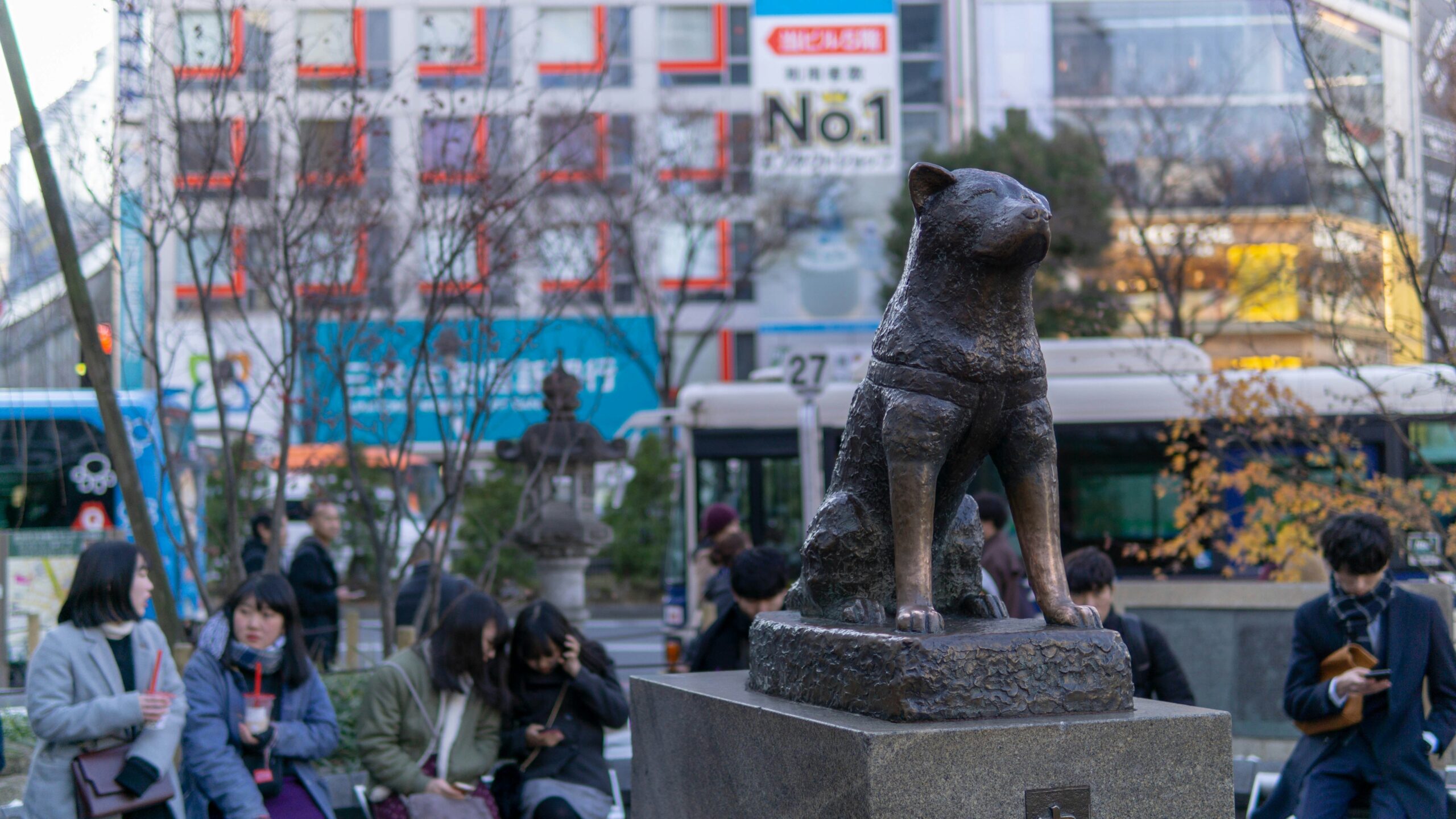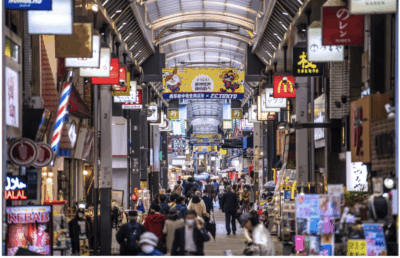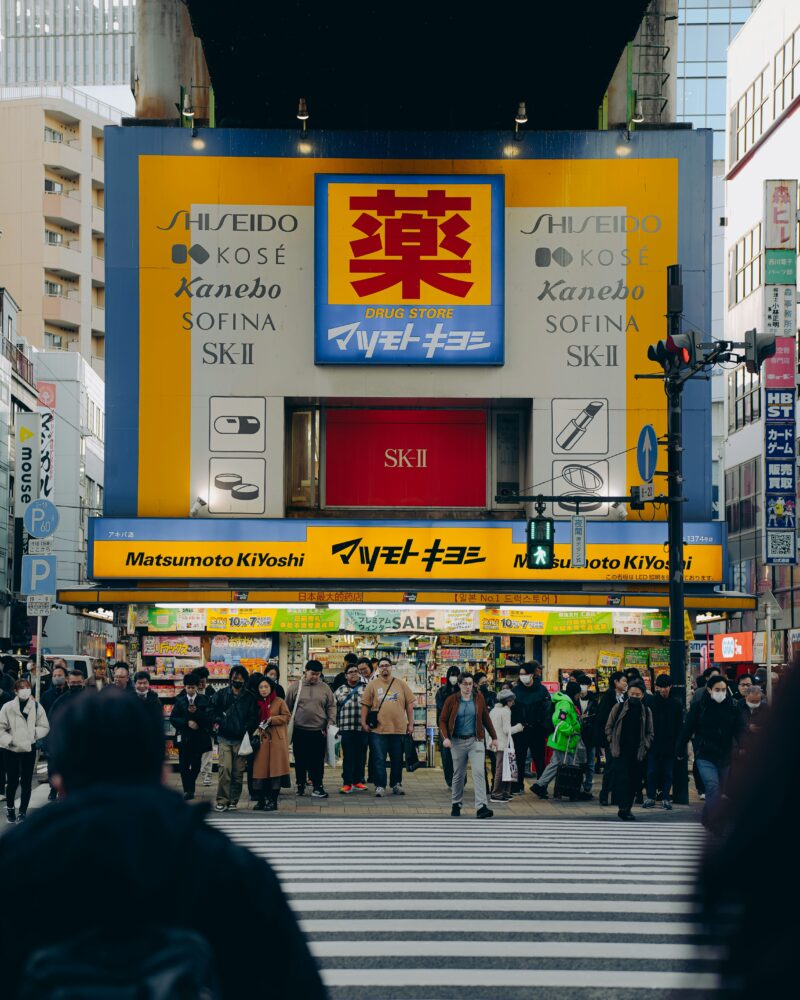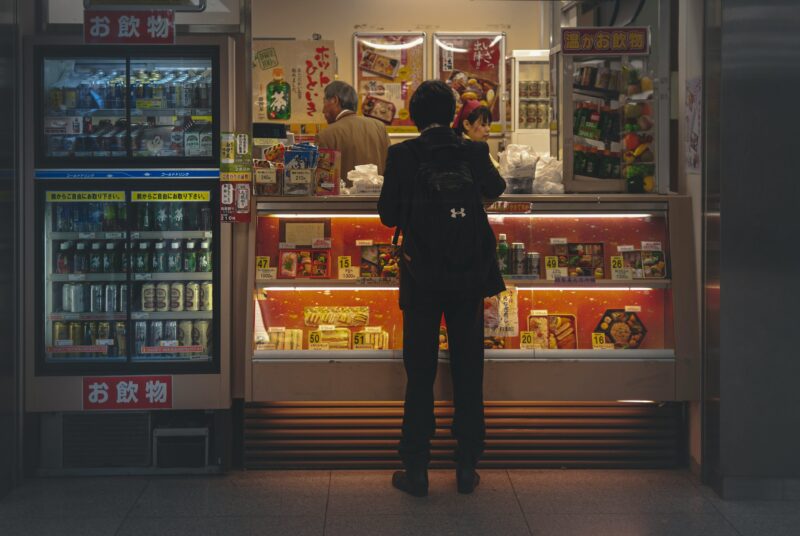Hachiko: The Loyal Dog of Shibuya

For many first-time visitors to Tokyo, a trip to Shibuya is a must. Amidst the neon lights, towering skyscrapers, and the world-famous Shibuya Crossing, there stands a small yet deeply significant bronze statue of a dog. This is Hachiko, Japan’s most famous canine, known for his unparalleled loyalty. While many tourists may be familiar with the story of Hachiko waiting for his owner at Shibuya Station, there are many lesser-known details that add even more depth to this touching tale.
A Devoted Companion
Hachiko was born in 1923 in Odate, Akita Prefecture. Despite his small and somewhat fox-like appearance in old photographs, Hachiko was not a Shiba Inu, as some might assume. He was an Akita Inu, a breed known for its strength, loyalty, and connection to Japan’s history. At the time, Akita dogs were relatively rare, and owning one was a symbol of prestige.
Hachiko was brought to Tokyo by Professor Hidesaburo Ueno, an agriculture professor at the University of Tokyo. The two formed a close bond, and Hachiko would accompany his owner to Shibuya Station every morning and return to greet him in the evening. Tragically, in 1925, just a year after bringing Hachiko home, Professor Ueno suffered a fatal brain hemorrhage while at work. He never returned to Shibuya Station, but Hachiko, not knowing his owner had passed away, continued to wait at the station for nearly ten years.
The Struggles and Support of Hachiko
Though Hachiko’s loyalty is well known, few are aware of the hardships he faced. After Professor Ueno’s death, the professor’s relatives rehomed Hachiko, but he repeatedly escaped and returned to the station, longing for his owner. For years, he was seen as just another stray dog by the people of Shibuya. Some passersby mistreated him, while others showed him kindness, offering food and water.
A turning point came in 1932 when a newspaper article about Hachiko’s loyalty touched the hearts of many. Soon, he became a national symbol of devotion and fidelity. Students and station workers began feeding and caring for him, and his story spread beyond Japan, inspiring admiration worldwide.
A Statue with an Emotional Journey
The Hachiko statue that stands today in front of Shibuya Station is not the original one. The first statue was erected in 1934, with Hachiko himself attending the unveiling ceremony. However, during World War II, the statue was melted down for metal to support the war effort. In 1948, a new statue was commissioned, sculpted by Takeshi Ando, the son of the original sculptor. This second statue remains one of Tokyo’s most beloved landmarks.
Another lesser-known fact is that there is a matching statue of Professor Ueno and Hachiko at the University of Tokyo. This statue, built in 2015, finally reunites the devoted dog with his owner in an eternal moment of happiness.
Hachiko’s Legacy
Hachiko passed away in 1935 at the age of 11. His body was found near Shibuya Station, where he had spent much of his life waiting. Today, his remains are preserved at the National Museum of Nature and Science in Tokyo, while his legacy continues through books, films, and stories.
For visitors to Tokyo, stopping by Hachiko’s statue is more than just a photo opportunity—it is a chance to reflect on the timeless values of loyalty, love, and devotion. Whether you’re a dog lover or simply someone who appreciates a moving story, Hachiko’s tale will leave an impression that lasts long after you leave Shibuya.








